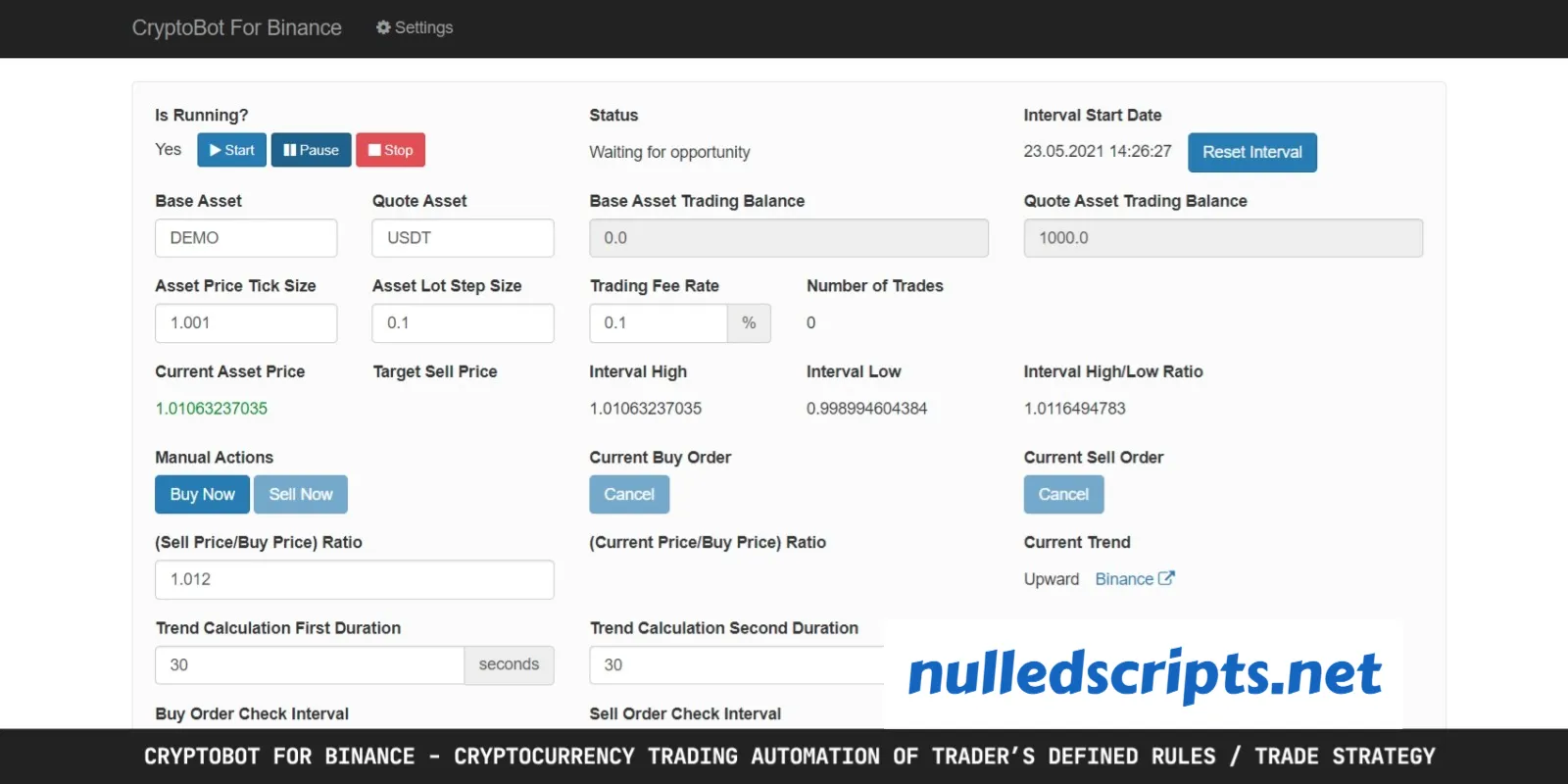Market Overview
The global Lightweight Materials Market is experiencing rapid growth due to increasing demand from industries such as automotive, aerospace, construction, and renewable energy. These materials—ranging from aluminum and magnesium to high strength steel and carbon fiber composites—are being increasingly adopted for their ability to reduce weight without compromising strength, durability, or safety.
Lightweight materials offer several advantages: they reduce overall component weight, improve fuel efficiency in vehicles, lower emissions, and enhance energy performance. As industries move toward greener production and carbon neutrality, the market for these advanced materials is projected to expand significantly in the coming years.
The global lightweight materials market size is expected to reach USD 499.6 billion by 2034, according to a new study by Polaris Market Research.
Key Market Growth Drivers
1. Automotive Lightweighting
One of the strongest drivers for the lightweight materials market is the growing focus on automotive lightweighting. Governments worldwide are mandating fuel efficiency and stricter emission norms, pushing automakers to develop vehicles that are lighter and more efficient.
Electric vehicle (EV) manufacturers are particularly focused on using lightweight components to extend driving range and reduce battery consumption. Materials like aluminum, high strength steel, and advanced composites are increasingly replacing traditional materials in vehicle frames, body panels, and interiors. The trend is expected to accelerate as EV adoption rises globally.
2. Demand in Aerospace and Aviation
The aerospace industry has been a long-standing user of lightweight materials, particularly carbon fiber composites and titanium alloys, to enhance performance and fuel efficiency. Aircraft manufacturers are integrating more lightweight materials to reduce operational costs and environmental impact.
With the growth in commercial air travel and defense modernization programs, demand for high-performance lightweight components in fuselage structures, wings, and engine parts continues to increase.
3. Expansion in Renewable Energy Applications
In the energy sector, lightweight materials are playing a critical role in supporting the transition to clean power. In renewable energy applications, particularly wind and solar, materials such as fiberglass, composites, and aluminum are used to reduce the weight of turbine blades, solar panel frames, and support structures.
Lighter components make it easier to transport and install renewable energy systems while improving durability and efficiency. As investment in wind and solar projects continues to rise, this segment will contribute significantly to market growth.
4. Urbanization and Infrastructure Development
Rapid urbanization and infrastructure development are creating new opportunities for lightweight construction materials. Builders are increasingly adopting lightweight concrete, foam panels, and polymer-based materials to reduce structural loads, speed up construction timelines, and improve seismic resilience.
Prefabricated buildings, modular construction, and green architecture trends are also fueling demand for lightweight materials in residential and commercial projects worldwide.
Market Challenges
1. High Production Costs
Despite their benefits, lightweight materials—especially composites and specialty alloys—can be expensive to produce. Carbon fiber composites and titanium, for example, involve complex manufacturing processes and high material costs. This limits their affordability and widespread adoption, particularly in cost-sensitive markets.
2. Recycling and Environmental Concerns
While lightweight materials support sustainability by improving energy efficiency, some—like composites—pose challenges in end-of-life recycling. The disposal and recycling of multi-material components can be labor-intensive and costly, raising environmental and regulatory concerns.
Improving the recyclability of advanced materials remains a key focus area for manufacturers and policymakers.
3. Technical Limitations
Each lightweight material comes with its own set of technical constraints. For instance, magnesium is highly flammable, and aluminum may not offer the same level of strength as steel. These limitations can restrict their use in specific applications where strength, impact resistance, or heat resistance is critical.
Developing hybrid materials or new composites that overcome these limitations is essential for broader adoption.
4. Limited Supply Chain Infrastructure
In some regions, the supply chain for lightweight materials is underdeveloped. Access to raw materials, processing technologies, and skilled labor can hinder production and deployment. This is especially true in emerging economies where industrial infrastructure is still evolving.
Strengthening global supply networks and investing in localized production will be vital to unlocking new market opportunities.
𝐄𝐱𝐩𝐥𝐨𝐫𝐞 𝐓𝐡𝐞 𝐂𝐨𝐦𝐩𝐥𝐞𝐭𝐞 𝐂𝐨𝐦𝐩𝐫𝐞𝐡𝐞𝐧𝐬𝐢𝐯𝐞 𝐑𝐞𝐩𝐨𝐫𝐭 𝐇𝐞𝐫𝐞:
https://www.polarismarketresearch.com/industry-analysis/lightweight-materials-market
Market Overview
The global Lightweight Materials Market is experiencing rapid growth due to increasing demand from industries such as automotive, aerospace, construction, and renewable energy. These materials—ranging from aluminum and magnesium to high strength steel and carbon fiber composites—are being increasingly adopted for their ability to reduce weight without compromising strength, durability, or safety.
Lightweight materials offer several advantages: they reduce overall component weight, improve fuel efficiency in vehicles, lower emissions, and enhance energy performance. As industries move toward greener production and carbon neutrality, the market for these advanced materials is projected to expand significantly in the coming years.
The global lightweight materials market size is expected to reach USD 499.6 billion by 2034, according to a new study by Polaris Market Research.
Key Market Growth Drivers
1. Automotive Lightweighting
One of the strongest drivers for the lightweight materials market is the growing focus on automotive lightweighting. Governments worldwide are mandating fuel efficiency and stricter emission norms, pushing automakers to develop vehicles that are lighter and more efficient.
Electric vehicle (EV) manufacturers are particularly focused on using lightweight components to extend driving range and reduce battery consumption. Materials like aluminum, high strength steel, and advanced composites are increasingly replacing traditional materials in vehicle frames, body panels, and interiors. The trend is expected to accelerate as EV adoption rises globally.
2. Demand in Aerospace and Aviation
The aerospace industry has been a long-standing user of lightweight materials, particularly carbon fiber composites and titanium alloys, to enhance performance and fuel efficiency. Aircraft manufacturers are integrating more lightweight materials to reduce operational costs and environmental impact.
With the growth in commercial air travel and defense modernization programs, demand for high-performance lightweight components in fuselage structures, wings, and engine parts continues to increase.
3. Expansion in Renewable Energy Applications
In the energy sector, lightweight materials are playing a critical role in supporting the transition to clean power. In renewable energy applications, particularly wind and solar, materials such as fiberglass, composites, and aluminum are used to reduce the weight of turbine blades, solar panel frames, and support structures.
Lighter components make it easier to transport and install renewable energy systems while improving durability and efficiency. As investment in wind and solar projects continues to rise, this segment will contribute significantly to market growth.
4. Urbanization and Infrastructure Development
Rapid urbanization and infrastructure development are creating new opportunities for lightweight construction materials. Builders are increasingly adopting lightweight concrete, foam panels, and polymer-based materials to reduce structural loads, speed up construction timelines, and improve seismic resilience.
Prefabricated buildings, modular construction, and green architecture trends are also fueling demand for lightweight materials in residential and commercial projects worldwide.
Market Challenges
1. High Production Costs
Despite their benefits, lightweight materials—especially composites and specialty alloys—can be expensive to produce. Carbon fiber composites and titanium, for example, involve complex manufacturing processes and high material costs. This limits their affordability and widespread adoption, particularly in cost-sensitive markets.
2. Recycling and Environmental Concerns
While lightweight materials support sustainability by improving energy efficiency, some—like composites—pose challenges in end-of-life recycling. The disposal and recycling of multi-material components can be labor-intensive and costly, raising environmental and regulatory concerns.
Improving the recyclability of advanced materials remains a key focus area for manufacturers and policymakers.
3. Technical Limitations
Each lightweight material comes with its own set of technical constraints. For instance, magnesium is highly flammable, and aluminum may not offer the same level of strength as steel. These limitations can restrict their use in specific applications where strength, impact resistance, or heat resistance is critical.
Developing hybrid materials or new composites that overcome these limitations is essential for broader adoption.
4. Limited Supply Chain Infrastructure
In some regions, the supply chain for lightweight materials is underdeveloped. Access to raw materials, processing technologies, and skilled labor can hinder production and deployment. This is especially true in emerging economies where industrial infrastructure is still evolving.
Strengthening global supply networks and investing in localized production will be vital to unlocking new market opportunities.
𝐄𝐱𝐩𝐥𝐨𝐫𝐞 𝐓𝐡𝐞 𝐂𝐨𝐦𝐩𝐥𝐞𝐭𝐞 𝐂𝐨𝐦𝐩𝐫𝐞𝐡𝐞𝐧𝐬𝐢𝐯𝐞 𝐑𝐞𝐩𝐨𝐫𝐭 𝐇𝐞𝐫𝐞: https://www.polarismarketresearch.com/industry-analysis/lightweight-materials-market






